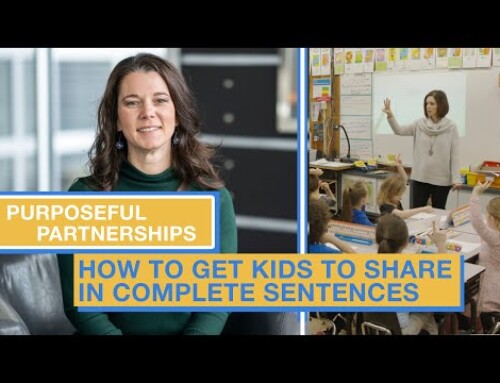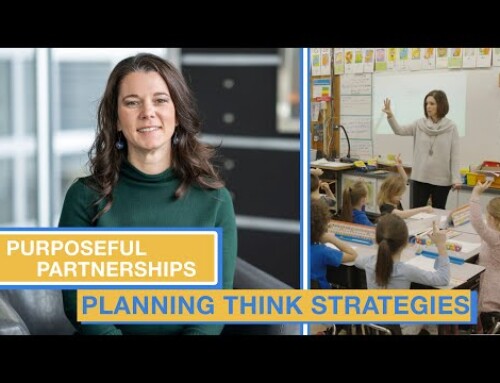Hi, I’m Kim Wakefield with Side-by-Side Educational Consulting where we work side by side with educators to improve outcomes for all kids.
We have another engaging strategy for you to make your spelling time more worth it in the classroom. It’s called “word building through word strings”. Now let me tell you, kids absolutely love to do this activity in the classroom. So let’s just get right down to it. In front of the students, they have sound spelling’s represented on little cards in front of them. The teacher is going to again direct this activity.
So the teacher says the word, “rag” students have to think about, again, by segmentation, what are the sounds they hear in “rag” /r/ /a/ /g/. Then they’re going to connect those sounds to their sound-spellings (graphemes). So, students will take each sound-spelling down for the word “rag” and as they pull down the card they’re going to say the sound /r/ /a/ /g/. So after the students have built the word “rag” and the teacher is walking around to check to make sure that everyone has it accurate, remember again we talked about it before mistakes are how you learn so if you see a mistake, it’s a learning opportunity for a kid. Just help them be able to fix that sound.
Next part of a word string is the teacher asked the students to replace one of the sounds in the word. So as you can see, these word strings are building on top of each other. So I might ask the students to turn the word “rag” into the word “sag”. Give lots of think time, so students are now going to segment their sounds /s/ /a/ /g/, knowing that they already have /a/ /g/ correct, they’re going to take that R, replace it, pull it up and pull down the S, and they’ll say each sound – /s/ /a/ /g/.
Make sure they do that so they can check for accuracy. Cancel
After I have checked to make sure all those kids are accurate with “sag”. I might ask them to turn the word “sag” into the word “sack”. So now students are having to think of the sound of the word by segmenting, /s/ /a/ /ck/. They know they need to replace that last sound from changing /g/ to a /ck/.
So now it let’s students incorporate those spelling techniques, as well, how are they going to end the word “sack” with that /ck/ sound? Checking their sound spelling cards. They might realize that/a/ is a short sound so it needs to be followed by “ck“. So then they’re going to pull up the /g/ sound spelling and bring down /ck/ spelled ck.
As students are manipulating these cards on their desk, they’re able to really connect auditory with their hearing to that phonological awareness piece, visually to the phonics piece of the sound spelling’s and making sure that they have a correct representation of sound spelling’s as they build those word strings on their desk.
So as you can see word strings connect a lot of skills together in previous videos we’ve talked a lot about phonological awareness and how important that is to early reading skills. Word strings connect a lot of phonological awareness, with phonics to help kids, manipulate and work with sounds, and how they’re spelled in words.
So give it a try and again like I told you before, don’t try to implement all of these new strategies in one week. Take your time get the first one down. When they are independent with one and you feel confident that they’re working hard and learning, then move on to the next one. Be sure to subscribe to the channel so you can get updates on when the next videos are released.





